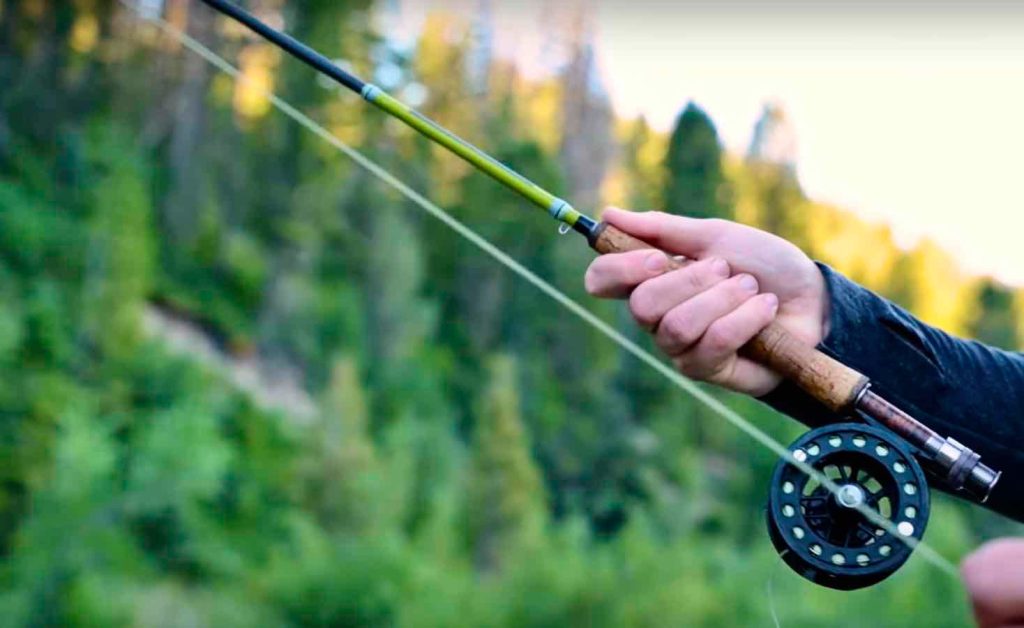Honest Talk on Fly Rods

In my almost-decade of fly fishing writing, I’ve had the opportunity to review a few fly rods. Without fail, the question most folks ask me is “are the expensive rods really worth it?”
I’ve addressed this before in some gear reviews, but I wanted to give the topic some space here as well, because it’s been on my mind a lot lately. The shortest answer to that question is “it depends.” Are you the type of person who demands only the best performance from your tools? If you appreciate nice things, and you take care of them, chances are you’ll appreciate an expensive fly rod.
But that question – the value of any given fly rod – misses the mark, I think. The question most folks should ask is “will I catch substantially more fish with this fly rod than a cheap one?” Of course, the answer to that is “probably not.” An expensive fly rod won’t cure a cheap cast; a top-of-the-line stick won’t make you an expert at reading water and decoding hatches.
What the good rods do is eliminate as many of the variables in fly casting as possible, so that an angler is entirely dependent on their own skills. Take the latest round of marketing about the new Helios from Orvis. It’s touted as the most accurate rod ever to come out of Manchester, VT, and it probably is. I spent significant time with Shawn Combs, the lead rod designer at Orvis, learning how he and his team measured the accuracy of the new Helios. Using infrared cameras and sensors attached to fly rod tips, they were able to track how much a rod’s tip moved during a cast. The more a tip moves side-t0-side, the less straight your fly line moves, and the lower your accuracy will be.
That’s all dependent, however, on your ability to make an accurate cast in the first place. Unless the Helios casts for you (an innovation I fear may not be that far off…) you’re still subject to your own skills.
All the talk about advanced resins, stronger graphite, and slick guides ends up in the same place – increasing the inherent accuracy of a fly rod. But the caster has the final say on just how accurate that rod will be.
As an example, I recently fished with a guide on Utah’s Green River for a few days. I had the new Scott Session along for testing (it’s a phenomenal rod, and I plan on owning one as soon as possible) and during our lunch break, I encouraged my guide to give it a cast. He promptly threw 60 feet of line to a rising trout, set the hook, and netted it.
“Nice rod,” he said as he handed it back.
That guide is a much better angler than I am, and he coaxed a performance out of the Session that I hadn’t. Proving, in my opinion, the value of solid mechanics and an ability to adapt to different situations.
To make a long answer a bit longer, I’ll close with this: nice, top-tier fly rods are a joy to cast and fish. I’ve found they generally offer more feedback than cheaper rods, and they can often mask my somewhat poor casting. But I know that the angler I was 15 years ago wouldn’t appreciate just how great these rods are, because I lacked the skills and understanding to get as much out of them as possible.
My best advice to someone looking at an expensive fly rod is to be honest with yourself first. If you have a solid understanding of casting, then a top-tier stick will help you improve. If you still struggle with tailing loops, wait a bit before buying the next rod. An expensive rod will never fix bad casting.
One Nymph or Two?
Troubles With Club Fishing











